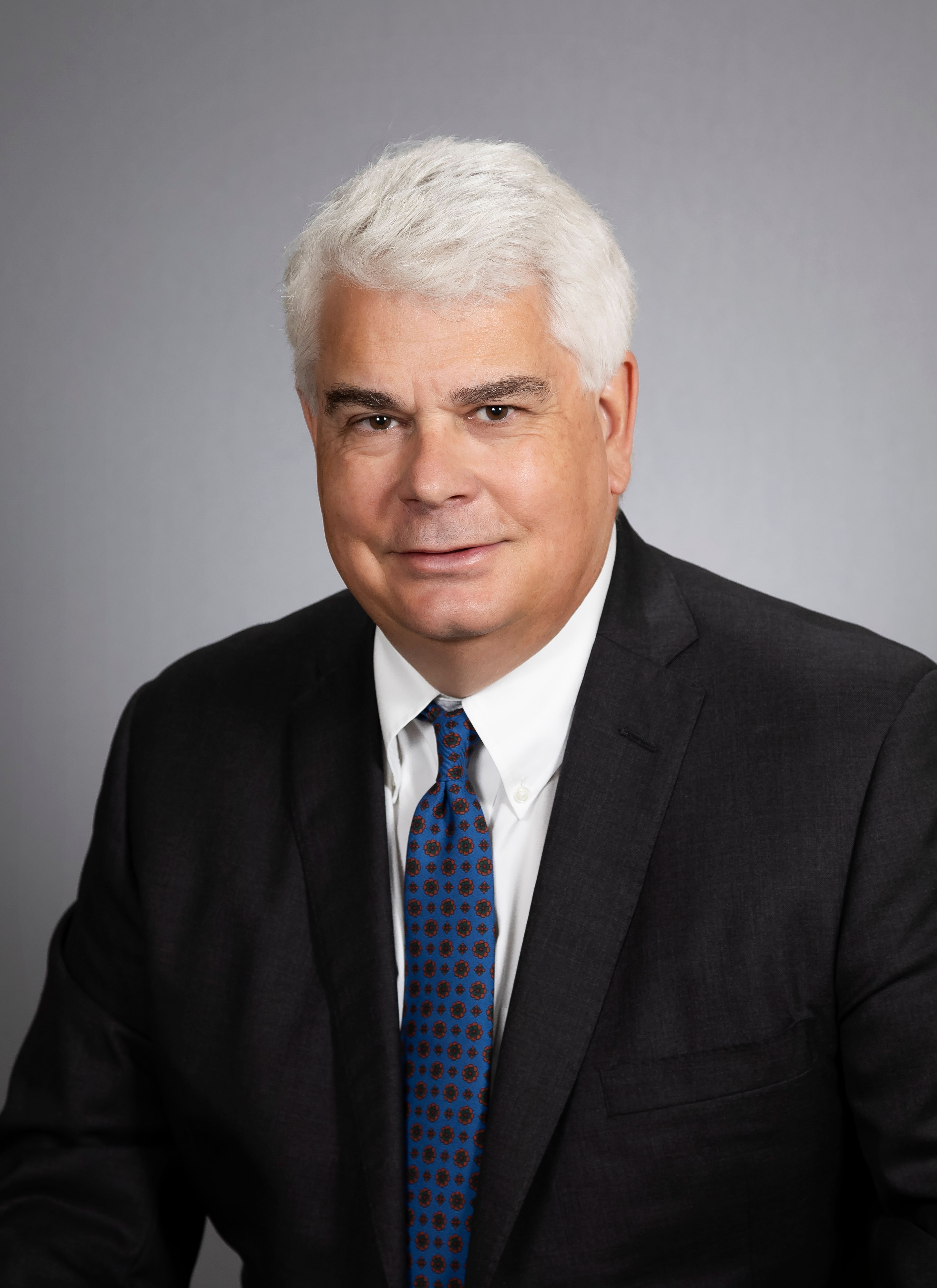Greenspan ending run as Fed chair this week
WASHINGTON -- It will be business as usual when Alan Greenspan wraps up his nearly two decades at the Federal Reserve on Tuesday. He'll likely raise interest rates one last time as he presides over his final meeting of the Federal Open Market Committee. Afterward, there will be a low-key luncheon with his colleagues and a reception for Fed staffers...
~ He was a master in handling not only the economy but also the treacherous shoals of politics.
WASHINGTON -- It will be business as usual when Alan Greenspan wraps up his nearly two decades at the Federal Reserve on Tuesday.
He'll likely raise interest rates one last time as he presides over his final meeting of the Federal Open Market Committee. Afterward, there will be a low-key luncheon with his colleagues and a reception for Fed staffers.
Greenspan will be leaving on top -- rare in Washington -- when he walks out the door of the Fed's imposing marble building on Constitution Avenue.
Widely viewed as the most successful chairman in the Fed's 92-year history, he presided over an era of low inflation rates, low unemployment and the longest economic expansion in U.S. history -- a decade of uninterrupted growth from March 1991 to March 2001.
Greenspan was a master in handling not only the economy but also the treacherous shoals of politics, winning nominations for the Fed job from four presidents, three Republicans and one Democrat. There were the occasional critics, though, who said he was too political.
Upset over Greenspan's support of the Bush tax cuts, Senate Minority Leader Harry Reid, D-Nev., called him "one of the biggest political hacks we have in Washington."
In Greenspan's early days, Wall Street investors also harbored concern that Greenspan, who had advised Republican presidents Nixon, Ford and Reagan, would lack the iron-willed independence needed to fill the shoes of Paul Volcker, who conquered a decade-long bout of double-digit inflation by driving up interest rates to levels not seen since the Civil War.
Showing his own inflation-fighting credentials, Greenspan pushed through a half-point rate increase at his first meeting. After just two months on the job, the stock market crashed. It was called Black Monday, Oct. 19, 1987, and many blamed Greenspan's credit-tightening.
The Fed declared that it stood ready to lend freely to distressed institutions, a policy that would become a hallmark of Greenspan's tenure. The market stabilized and began rising and Greenspan's star began rising as well.
It was the first of many economic crises that would confront Greenspan.
* From 1989 to 1992, hundreds of savings and loans and banks -- more than at any time since the Great Depression -- went out of business.
* A global currency crisis began in Asia in 1997 and spread to Russia. Forty percent of the global economy was pushed into recession and the U.S. economy was seriously threatened before Greenspan's Fed stepped in with a series of rapid-fire rate reductions in the fall of 1998.
* The stock market bubble burst in 2000, wiping out trillions of dollars in paper wealth.
During Greenspan's 18 1/2 years in office, the country had two recessions. The first in 1990-91, when oil prices spiked after Iraq invaded Kuwait, and then in 2001 in the aftermath of the steep plunge in stock prices in the previous year. Both were mild downturns that lasted eight months each.
By contrast, in the 18 years before Greenspan took over at the Fed, the country experienced four severe downturns.
By the numbers, the overall economy has done well during Greenspan's terms.
Consumer inflation, which had soared as high as 13.3 percent in 1979 amid a decade of oil shocks, was down to 3.4 percent last year, even though the country was hit by another oil surge that pushed gasoline prices above $3 per gallon.
Unemployment stands at 4.9 percent after dropping to a four-decade low of 4 percent in 2000. Greenspan was able to convince skeptical Fed colleagues that rising productivity would allow jobless rates to fall without triggering inflation.
"He was the first economist in the United States to perceive what was happening," said Lyle Gramley, a former Fed board member.
For his part, Greenspan says he was merely building upon the inflation gains made by Volcker. He credits factors such as globalization and deregulation of U.S. industries for setting the stage for the country's prosperity.
Private analysts believe Greenspan is being modest.
"Greenspan has had the most successful tenure in Fed history. He kept inflation under very tight control while avoiding any major recessions," said David Wyss, chief economist at Standard & Poor's in New York.
There were controversies, of course. Many analysts cite Greenspan's decision to support President Bush's sweeping tax cuts in 2001. Those tax cuts helped push the federal budget from trillion-dollar surpluses to record deficits.
Greenspan says he would recommend tax cuts again, given projections -- which failed to materialize -- of budget surpluses that would total $5.6 trillion over a decade.
He is also faulted for failing to rein in the high-flying stock market in time. He did famously wonder in 1996 whether investors could be in the grip of "irrational exuberance." But prices kept climbing. When the bubble burst, Greenspan moved to contain the damage by lowering interest rates.
"If Greenspan had been stronger in his views, then the bubble would not have been as large and the subsequent correction not as severe," says Mark Zandi, chief economist at Moody's Economy.com.
Greenspan's response: To pop the bubble earlier, the Fed would have had to raise interest rates so high that the country would have been pushed into a severe recession.
He worked to transform the Fed from a secretive, poorly understood institution into one that communicates more effectively with the public and investors.
Before his arrival, Wall Street financial houses hired armies of economists to try to determine when the Fed was moving its main interest rate, since there was no public announcement.
In 1994, Greenspan nudged reluctant colleagues to reverse that policy. That has been followed by clearer policy statements signaling future intentions and earlier release of the Fed's minutes.
"Without any question, the Fed is vastly different now in terms of openness and transparency," said economist David Jones, the author of four books on the Greenspan Fed. "Greenspan's theme has been the more markets know, the better."
As his influence grew, Greenspan was called upon to advance opinions on matters beyond the realm of monetary policy. Not only did he lend support to Bush's tax cuts, but eight years earlier he blessed President Clinton's package of tax increases to deal with troubling budget deficits.
This has opened him to attacks from both Republicans and Democrats.
By comparison, Ben Bernanke, the former Princeton economics professor who has been tapped to succeed Greenspan, says he plans to limit his public advice to areas directly under the Fed's control. But Bernanke also has pledged to follow the Greenspan play book when it comes to running the economy.
That may turn out to be Greenspan's most lasting legacy.
Connect with the Southeast Missourian Newsroom:
For corrections to this story or other insights for the editor, click here. To submit a letter to the editor, click here. To learn about the Southeast Missourian’s AI Policy, click here.





